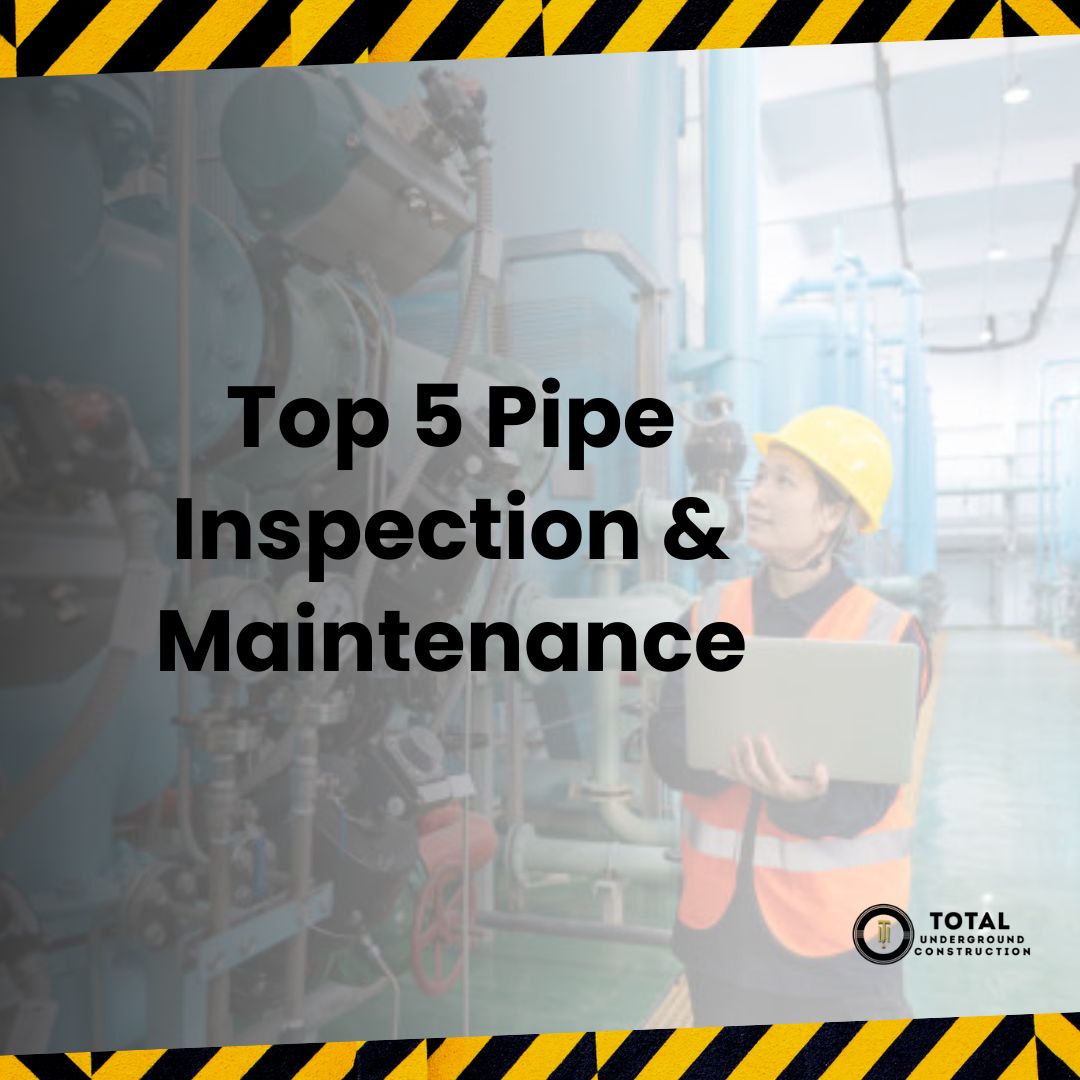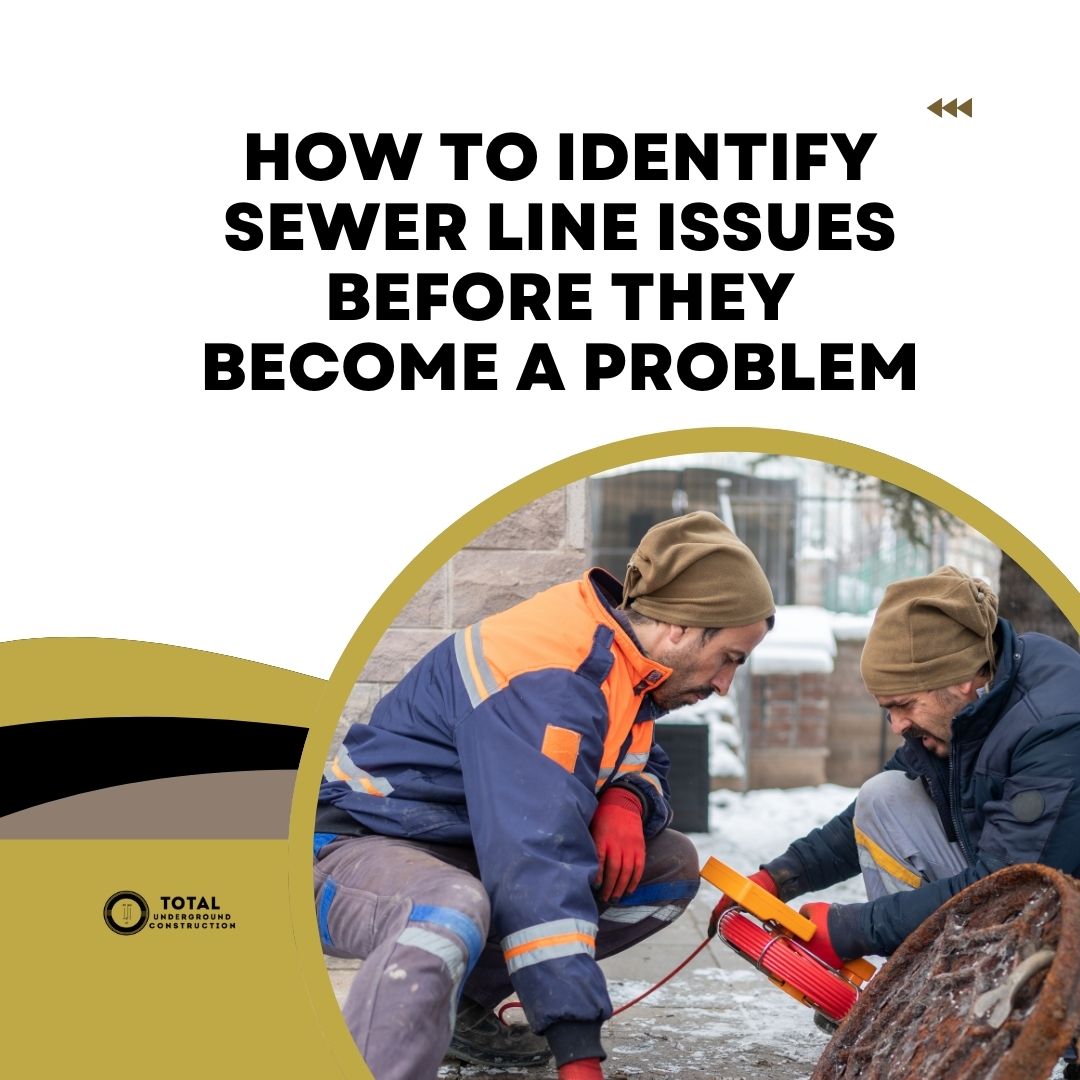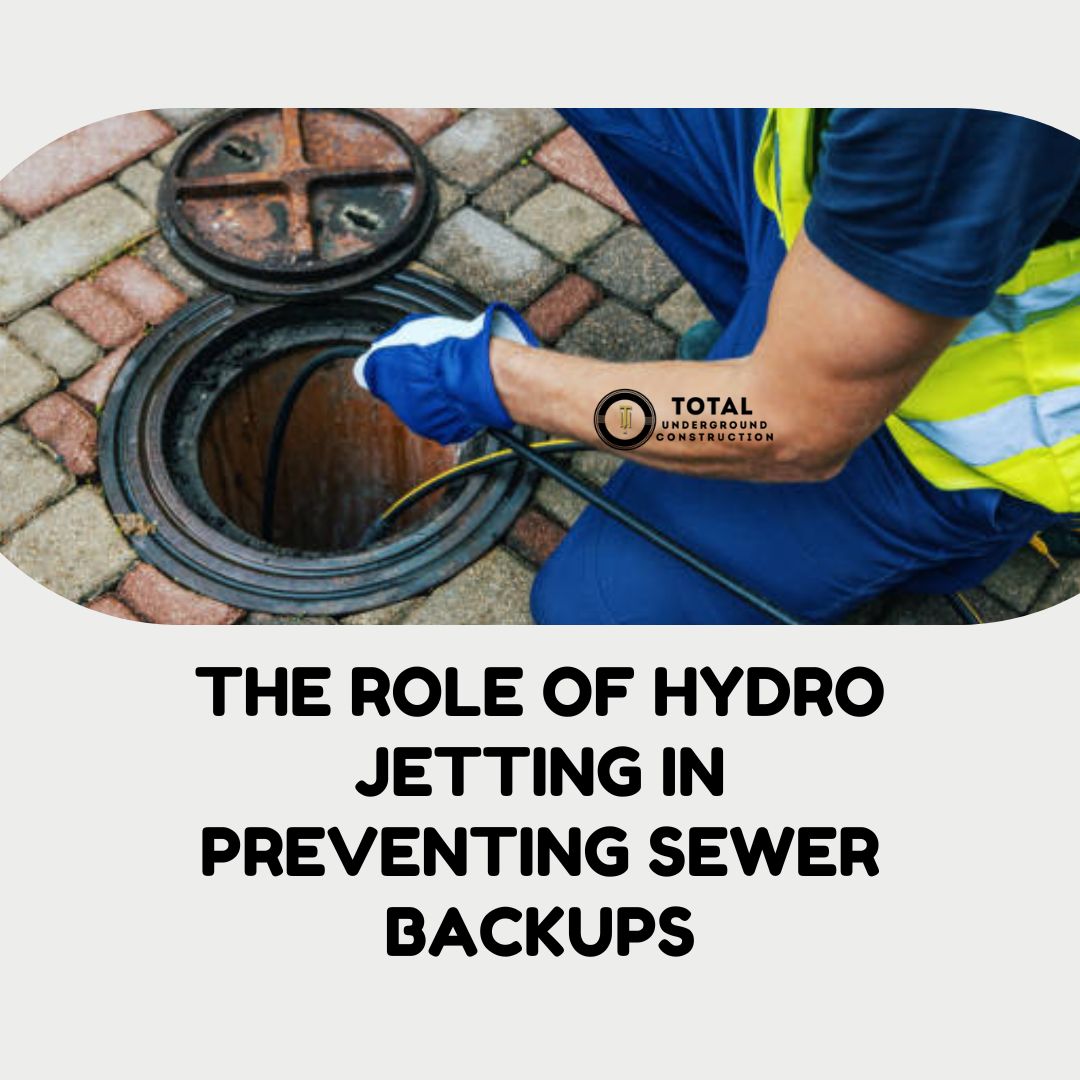Clean water, functional drainage, and efficient water heaters are so commonplace that we take them for granted. But what happens when you turn the water heater and the water is cold? Or you hear that drip sound from your pipes? Residential plumbing problems are expensive but preventable with proper maintenance.
This blog post will give you tips to prevent breaks, leaks, clogs, or rusts. With that, you will not only save money but also time you could have used to supervise replacements or repairs.
Pipes and Faucets
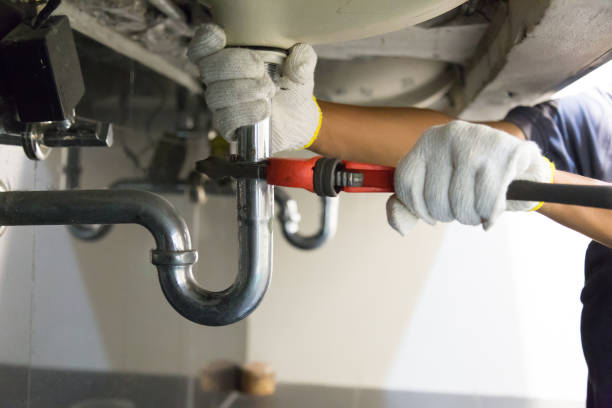
What blood vessels are to our bodies, pipes are to a house. They ensure a constant flow of clean water around the building. How do you take care of these valuable systems for optimum efficiency?
1. Regularly Check for Leaks
Drip, drip, Drip! That is a sound we all dread because it could drain your pockets if things get out of hand. But most leaks take time before things get out of control. It is advisable to check leaks on pipes and faucets regularly.
Because some pipe weaknesses are difficult to detect, you can schedule annual plumbing inspections as a proactive measure. Plumbers use sensors to identify potential faults and recommend intervention measures to enhance plumbing system integrity.
Leaking faucets and pipes can increase your water bills if the issue persists. According to the Environment Protection Authority, an average family can waste over 9,000 gallons of water from leaky plumbing systems.
2. Insulate Exposed Pipes
Pipes tend to burst during winter because water freezes, expands, and exerts pressure on them. Crawl, spaces, and basement are the most prone areas. To avoid this problem, you can insulate exposed pipes, eliminate drafts, and allow water to flow from each valve at different intervals. You can also consider heating all the rooms in your house to allow warm air to circulate.
3. Test and Replace Worn-out Faucet Washers
Faucet washers are meant to prevent leaks from your taps. Over time, the washers break, causing dripping when the taps are not running. The good news is that washers are inexpensive and easy to replace. If you have plumbing tools, you can follow this procedure to replace them:
- Disconnect the water supply by turning the shut-off valve off.
- Insert the drain stopper to avoid losing any components.
- Use a flathead screwdriver to remove the faucet cover carefully.
- Use a wrench to remove the washer screw or nut.
- Install the new faucet washer and secure it in place using the wrench.
- Turn on the water.
Although faucet washer replacements require some elbow grease, you can hack it with the right tools.
4. Install a Water Softener to Prevent Mineral Build-up
Mineral build-up in plumbing systems and appliances could lead to blockages, clogs, and breakages. You can conduct water hardness testing to know whether you need a water softener. If you get water from the community supply, you can contact them to get information about the water hardness.
5. Check Water Pressure and Adjust If Necessary
Most times, it is the low pressure from a water shower that indicates that something needs some fixing. The average water pressure is between 10 and 15 liters per minute. When it falls below this level, you will have a challenge in the shower, running taps, or filling a bath.
You can use a one-liter jug to estimate the water pressure in your house. Filling water in the jar should take a maximum of 6 seconds. If the pressure is too low, you can contact a plumber to fix it.
6. Keep Tree Roots Away from Pipes
We all like the glow that lush trees bring to our environment. But with the benefits comes the risk of intrusion in unwanted areas like utility lines. You can keep roots away from pipes by choosing trees that don’t have extensive roots.
Apart from that, you can also use inhibiting chemicals that discourage root growth near the piping system. Lastly, you can manage growth by removing any roots that have found their way near the utility lines.
Showers and Sink Drains
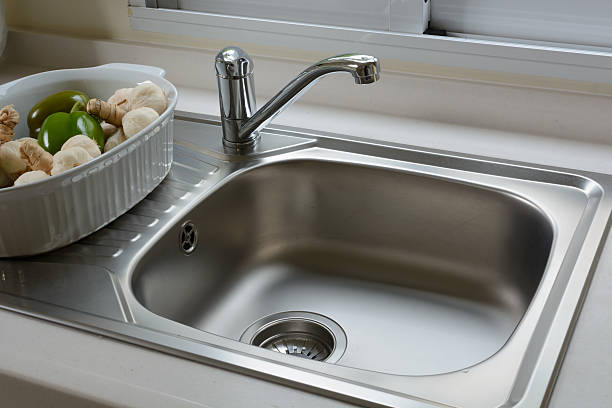
Bathrooms and kitchen sinks are prone to clogs due to the materials that go through the pipes. Whether it is food sediments, grease, or hair, these substances can accumulate over time, leading to blockages. Daily cleaning and maintenance is the best solution because it prevents major problems.
1. Clear Drains Using Vinegar and Baking Soda
You can use homemade solution to unclog any blocked drains or increase drainage efficiency. Baking soda and vinegar are a good combination to remove sediments from the sinks. First, pour boiling water into the sink and add a cup of baking soda. After that, add a cup of vinegar. Lastly, pour more boiling water into the sink.
2. Flush Water Heater Annually to Remove Sediment
An annual routine of flushing sediment from your water heater is crucial for preventing the solidification of hard water deposits inside the tank. This practice averts corrosion, prevents leaks, and eliminates grit and sediment from municipal pipes, especially during neighborhood water main flushes. The residential plumbing maintenance also extends the water heater’s lifespan and ensures optimal water volume in the tank.
3. Use Hair Catchers in Shower and Sink Drains
Hair and other residues are enemies to your sinks, bathroom drains, washbasins, and bathtub drains. You can use hair catchers to prevent hair and other residues from going down the drain. Brushing your hair before going to the bathroom is also advisable to reduce hair residues.
4. Install a Sump Pump If Your Basement Is Prone to Flooding
Basements and crawlspaces are prone to flooding because they take the toll of most rainwater. You can use a sump pump to drain excess water to avoid flooding and plumbing system damage. The water is collected in a basin, and once it reaches a certain level, the sump pump is activated and pumps the water out of the building.
Toilet Maintenance Tips
1. Inspect and Replace Faulty Toilet Flappers
Because of the wear and tear from flushing the toilet, flappers can leak, leading to inefficient flushing. This not only causes water wastage but also continuous running and potential washroom flooding. You can replace toilet flappers through DIY methods, but it is advisable to engage a plumber if you are uncertain about the replacement process.
2. Avoid Flushing Non-Biodegradable Items Down Toilets
Even the so-called flushable wet wipes are unsuitable for your sewer line system. You should avoid throwing cigarette butts, tampons, dental floss, diapers, and cotton balls in the toilet bowl. Although some of these materials might be biodegradable, they can trap other residues, creating fatbergs that clog water pipes.
Schedule Professional Inspections
The best residential plumbing maintenance is to schedule regular inspections by a professional plumber. Total UC has an experienced crew that can identify and fix potential plumbing issues to save you time and money. We use advanced camera and sensor technology to assess the integrity of your sewer, drain, water, and other utility pipes. Get in touch with us for a tailor-made solution.

